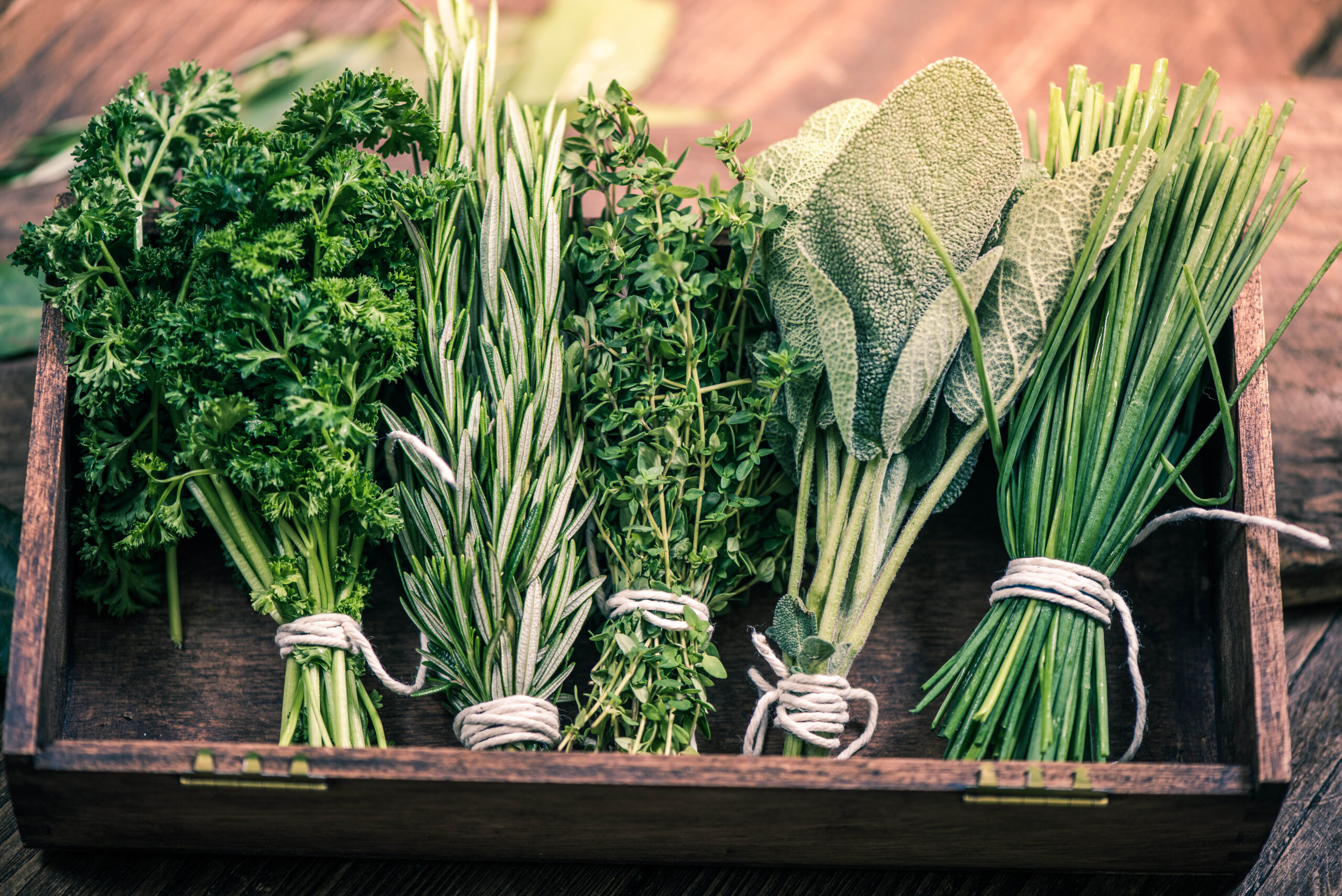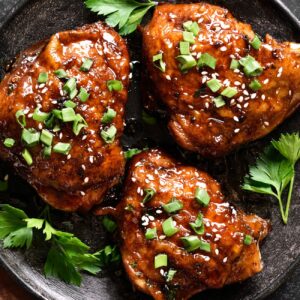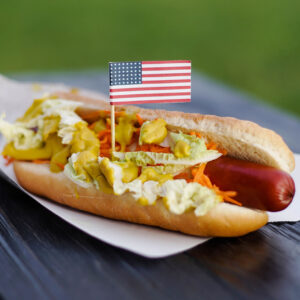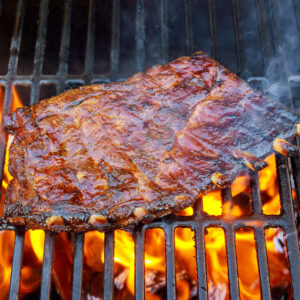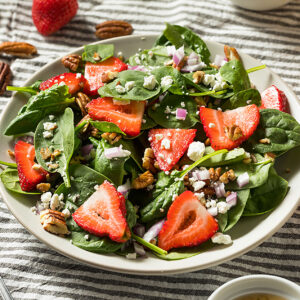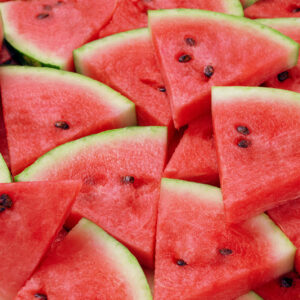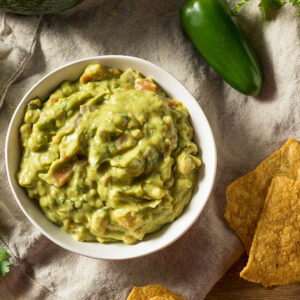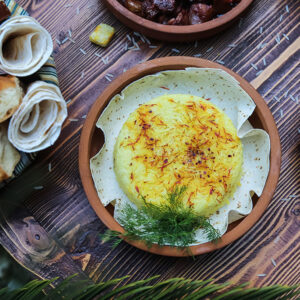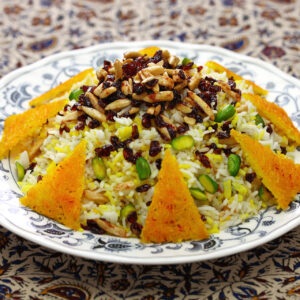As the name implies, bitters are mixtures that are mainly composed of bitter components. These elements are typically aromatic herbs, plants, fruit, grains, and blossoms.
Bitters have recently become popular components of craft cocktails, but that is not where they originated. Bitters are more than that. They were initially advertised in the 1700s, and they were said to be a remedy for many ailments.
Bitters are highly concentrated flavors kept in a base of high-proof alcoholic beverages, typically either a light grain alcohol like gin, vodka, or Everclear or a darker liquor such as whiskey or bourbon. The type of alcohol used in the base dictates which style of bitters it is, and more unique varieties may have rum or wine as their base. The alcohol utilized must be highly potent, with an alcohol content of either 100% proof or 50% alcohol by volume.
The foundation of most bitters is a solvent, which is used to macerate the flavoring components. The primary one is the bittering factor, which is typically quassia bark, wormwood, cinchona bark, angelica root, or gentian root. However, it can be more unique or less well-known bittering agents such as artichoke leaf, mugwort, horehound, or wild cherry bark. A few of these bittering agents also serve as a legitimate addition to the flavor, bringing robustness or smoothness with items like citrus peels, dandelion root, black walnut leaf, or fruit stones. The bittering agents can form up to 50% of the flavoring for the bitters, but usually, in my mixes, it was around 10%, which leaves plenty of room to skillfully combine diverse styles with a mix of components.
Numerous bitters have a primary fruit flavor, such as cherry, fig, orange, or plums, offering a wide range of possibilities. Celery bitters are a wonderful addition to a Bloody Mary. Additionally, coffee, cocoa beans, almonds, pecans, and other types of nuts can be incorporated as ingredients in your bitters concoction.
In addition to the fruit, herbs and spices can also be added to create a cocktail. Angostura is a great example of a pre-made blend that does not require any fruit. The usual dried herbs such as basil or thyme can be used, as well as teas like camomile and other floral flavors like lavender and rose petals. You can also take advantage of your spice cabinet, for instance, allspice, cardamom, cloves, cinnamon, coriander, fennel, and peppercorns, as well as rarer spices like juniper, cassia, and star anise. It is important to use whole spices rather than powders to get a fuller flavor. To release the flavor, you can crack or crush them using a pestle and mortar. Sweetness is optional, but you can add white or brown sugar, simple syrup, honey, or burned caramel, similar to that used in vermouth.
By creating small amounts of your ingredients and stirring after the flavorings are added, you can maintain control. Make a record of how much you have soaked and blended for any future recipes. Additionally, you can manage the soaking process by producing individual flavors. Bitters, dried herbs, and spices usually take between 7 to 10 days to be infused, while the strongest fruits and zests can take between 21 to 28 days. Fresh herbs such as fennel will take 14 days. There is no one definite answer. You will have to assess the smell and taste a little at a time before finally sieving out the sediment when you are done.
Bitters Recipe Ingredients And Their Medicinal Benefits
When it comes to making bitters, a wide variety of herbs, fruits, and roots can be utilized, from cloves and cinnamon to cacao nibs and orange peel. Many of these ingredients contain medicinal properties, meaning they not only make your cocktail perfect but aid in various ailments of the body. Below we discuss the key bitters used in our Historic Gentian Bitters recipe at the bottom of this page.
Found in nearly all bitters, Gentian, like many bitter herbs, has its roots in medicine. Originally used by the Greeks, most often for digestive tract issues such as stimulating the appetite, curing indigestion, and easing constipation.
Another common bitters ingredient comes from the well-known dandelion. Specifically, the root is used, and it acts as a mild laxative. It also may aid in digestion and improve liver and gallbladder function.
Quassia bark, another ingredient commonly found in bitters, has an extremely clean, bitter taste without overpowering the other flavors used in bitters recipes. Medicinally, it may help alleviate liver and stomach problems.
Often found in bitters recipes, the bark of the Wild Cherry tree is used to help treat colds, bronchitis, and other lung problems, as well as aid in digestion, gout, pain, and cancer.
The bark of the Cinchona tree is an ingredient used in bitters. It is known for its ability to increase appetite, promote the release of digestive juices, and treat stomach problems such as bloating and fullness. Additionally, it is used to treat blood vessel disorders like hemorrhoids, varicose veins, and leg cramps. Some people also use cinchona to alleviate mild influenza, swine flu, the common cold, malaria, and fever.
Cinnamon bark is a spice used in many classic bitters recipes. Its bitter flavor compliments most bitters recipes perfectly. This spice is well known for its antioxidant, anti-inflammatory, and antimicrobial properties. It may aid those suffering from diabetes and cancer, and studies show it may help against neurological disorders like Alzheimer’s disease and Parkinson’s.
Another lesser-known bitters but still just as amazing is Angelica root. Known for aiding those with heartburn, intestinal gas, loss of appetite, arthritis, circulatory problems, nervousness, and insomnia.
Combining all of these ingredients can make for a powerful concoction of bitters that may help with many various ailments. We spent time researching and creating this unique bitters recipe to please your palette. Remember to enjoy responsibly.
Historical Gentian Bitters Recipe
To make your own bitters at home, you will need the following supplies:
- One jar with a tight-fitting lid; Mason jars are perfect for this.
- A pipette or glass dropper bottle, if making tinctures
- Measuring cups and spoons, or a scale
- One mortar and pestle
- Some Cheesecloth or a fine-mesh strainer
- One percolator
- One funnel
- labels
Ingredients
1 oz – Gentian root
2 oz – Fresh Orange Peel
1 oz – Cinnamon bark
1 oz – Dandelion root
1 oz – Wild Cherry bark
¼ oz – Cardamom seed
1 oz – Cinchona bark
1 oz – Quassia bark
1/16 oz – Angelica root
1 pint – Grain alcohol
2.5 pints – Water
2 lbs – Cane Sugar
Instructions
First finely chop the orange peel then, using a mortar and pestle, grind all dry herbs into a coarse powder. Then place all the orange peel and dry ingredients into a large Mason jar, then fill jar with alcohol and allow it to rest for three days. Afterwards, strain out the used herbs and fruit, saving the alcohol. Place the macerated herbs and fruit into a percolator and brew with the alcohol tincture first, then do the same with the water. Once all liquid has been through the percolator, dissolve the sugar in the water and alcohol tincture thoroughly. Strain through the cheesecloth, being sure to keep as much of the liquid as possible. Discard herbs and fruit used, and store in small glass dropper bottles.

